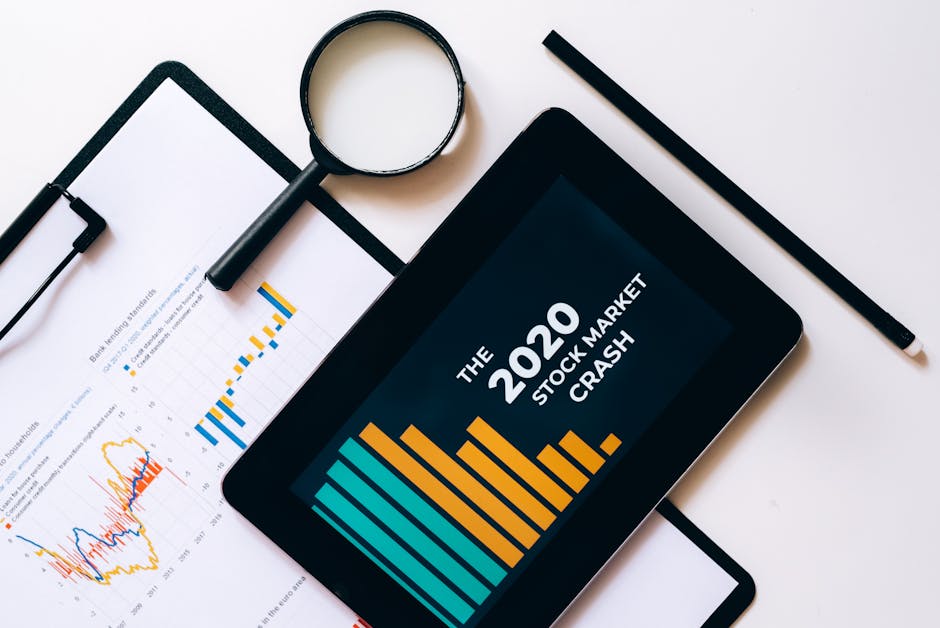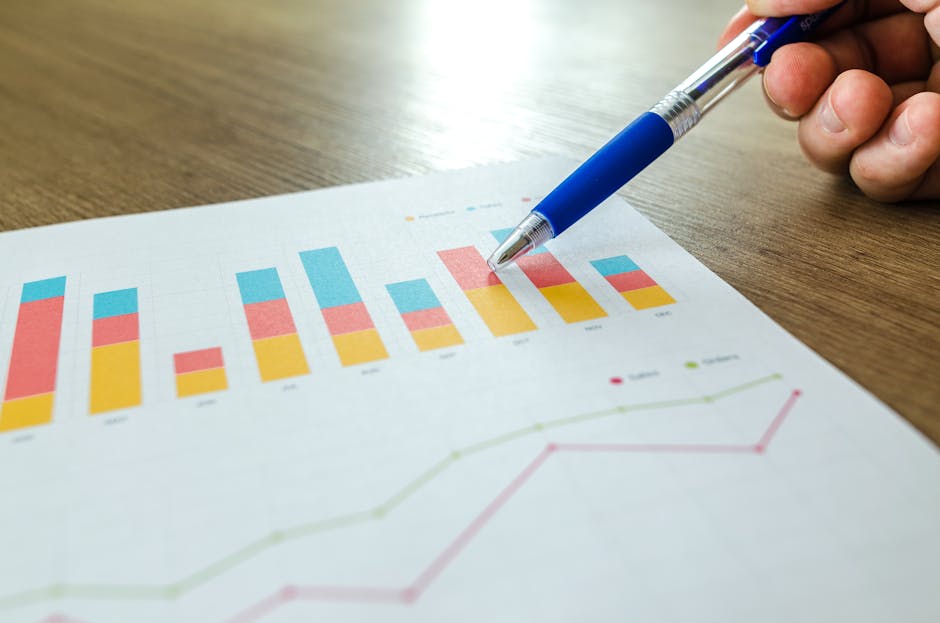Predictive Analytics, The Future of Market Analysis

Predictive analytics has quickly become the heartbeat of market analysis, transforming how companies make decisions, forecast trends, and understand their customers. Imagine having a crystal ball that doesn't just show you what might happen tomorrow, but also guides your strategies today. That's essentially what predictive analytics offers a data-driven approach that allows businesses to anticipate changes, optimize operations, and stay ahead of the competition.
At its simplest, predictive analytics uses historical data to predict future outcomes. By applying statistical algorithms and machine learning techniques, it identifies patterns within the data that can be used to forecast what might happen next. It's like reading tea leaves, but with math instead of mysticism.
For example, if a company notices that customers who purchase Product A are more likely to buy Product B within a month, they can use this insight to offer targeted promotions. This approach not only boosts sales but also enhances customer satisfaction by offering relevant products when customers are most likely to need them.
Why Predictive Analytics Matters for Market Analysis
In the competitive arena of digital marketing, making informed decisions is everything. Predictive analytics equips marketers with the tools they need to do just that. Imagine you're running an online retail store—your historical sales data holds the key to understanding seasonal trends, customer preferences, and even potential pitfalls. Predictive models can analyze this data and help you prepare for high-demand periods or alert you to upcoming slowdowns.
A real-world example comes from Netflix. The streaming giant uses predictive analytics to recommend shows based on viewing history. By analyzing what users have watched and liked in the past, Netflix can suggest new content that aligns with their tastes. This personalized experience keeps users engaged and reduces churn—a win-win for both the company and its customers.
How It Works: The Data Pipeline
The process of predictive analytics involves several key steps:
- Data Collection: Gather historical data from various sources like sales records, customer feedback, website analytics, and social media interactions.
- Data Cleaning: Ensure the data is accurate and consistent by removing duplicates, fixing errors, and handling missing values.
- Model Building: Use statistical algorithms or machine learning techniques to create a model that identifies patterns within the data.
- Validation: Test the model against a separate set of data to ensure its predictions are reliable.
- Implementation: Apply the model to new data for real-time predictions and decision-making.
This pipeline might sound technical, and it is, but it's also highly adaptable. Whether you're running a small business or managing marketing efforts for a multinational corporation, predictive analytics can be tailored to fit your needs.
Common Applications in Market Analysis
The beauty of predictive analytics lies in its versatility. It's not just about forecasting sales or understanding customer behavior; its applications stretch far beyond these areas.
- Customer Segmentation: By analyzing demographic information, purchase history, and online behavior, companies can segment their customer base more effectively. This enables them to craft personalized marketing campaigns that resonate with specific groups.
- Churn Prediction: Businesses can identify which customers are likely to stop using their services by analyzing factors like usage frequency or response times. Armed with this knowledge, they can implement retention strategies before it's too late.
- Price Optimization: By examining how different prices impact sales volume and profitability, companies can determine the optimal price point for their products or services.
- Inventory Management: Predictive models can forecast demand for specific products based on past sales data and external factors like seasonality or economic conditions. This helps companies maintain the right inventory levels without overstocking or understocking.
The Role of AI in Enhancing Predictive Analytics
If you think predictive analytics is powerful on its own, wait until you see what happens when artificial intelligence (AI) gets involved. AI takes predictive models to the next level by improving their accuracy and adaptability. Machine learning algorithms can automatically refine models as new data becomes available, making predictions more precise over time.
A compelling example comes from Amazon's recommendation engine. While traditional predictive models might suggest products based on previous purchases alone, Amazon's AI-enhanced system considers a myriad of factors to offer more accurate recommendations.
The Challenges Ahead
No technology is without its hurdles, and predictive analytics is no exception. One significant challenge is ensuring data quality. If your input data is flawed—whether due to inaccuracies or biases—your predictions will be too. This makes robust data cleaning processes essential for any successful predictive analytics initiative.
An additional concern involves privacy issues. As companies gather more personal data to fuel their predictive models, they must navigate increasingly stringent regulations designed to protect consumer privacy. The General Data Protection Regulation (GDPR) in Europe is one such example that requires companies to handle user data responsibly or face heavy fines.
The trajectory of predictive analytics points toward even greater integration into everyday business practices. As more companies realize its potential for driving growth and enhancing customer experiences, it will become an indispensable tool in market analysis. Understanding predictive analytics isn't just a nice-to-have skill; it's becoming essential. Whether you're optimizing ad campaigns, predicting customer behavior, or refining product offerings, this technology empowers you to make smarter decisions rooted in data rather than guesswork. The bottom line? While we can't predict everything with absolute certainty (we're not wizards), leveraging predictive analytics allows us to make educated guesses that bring us closer than ever before to understanding our markets and perhaps even shaping them.
